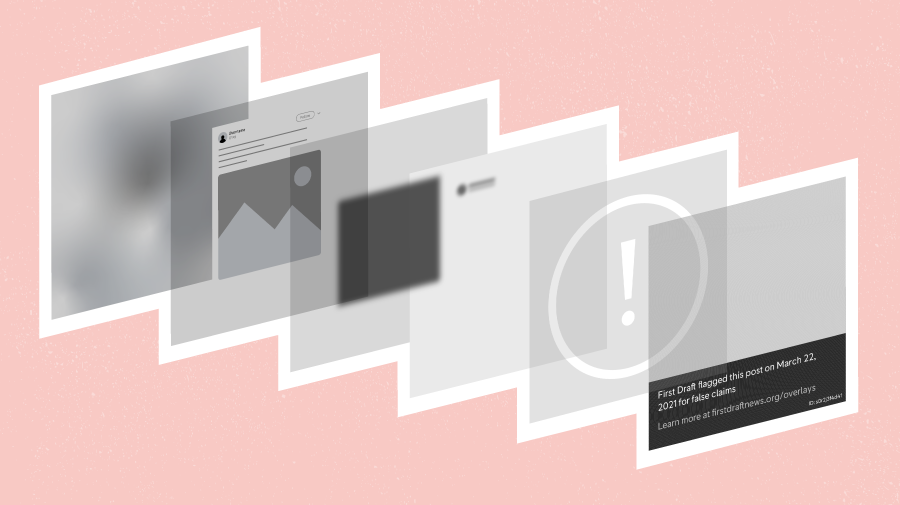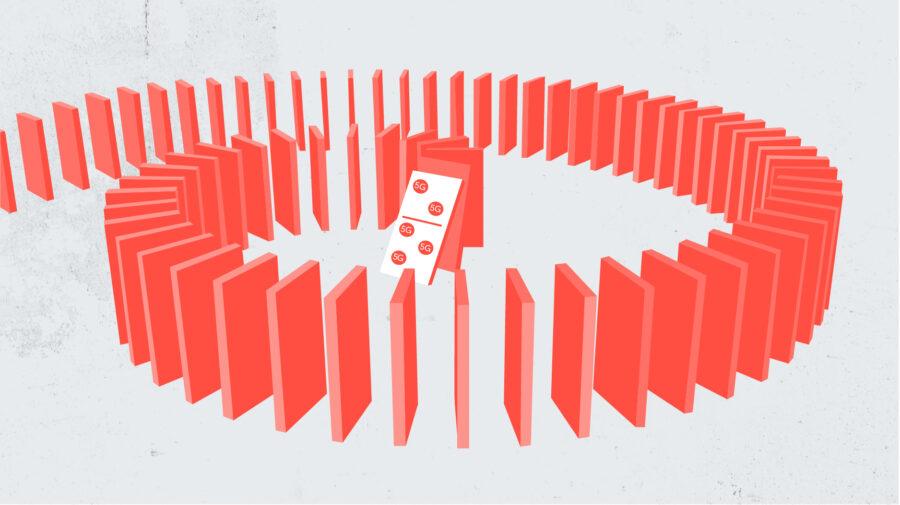What is Bad News?
In Bad News, you take on the role of fake news-monger. Drop all pretense of ethics and choose a path that builds your persona as an unscrupulous media magnate. But keep an eye on your ‘followers’ and ‘credibility’ meters. Your task is to get as many followers as you can while slowly building up fake credibility as a news site. But watch out: you lose if you tell obvious lies or disappoint your supporters!
The Implicit Association Test (IAT) measures attitudes and beliefs that people may be unwilling or unable to report. The IAT may be especially interesting if it shows that you have an implicit attitude that you did not know about. For example, you may believe that women and men should be equally associated with science, but your automatic associations could show that you (like many others) associate men with science more than you associate women with science.
Click HERE for Project Implicit Test
Like Fake News, fake images and videos help in promoting misinformation have become common in social media platforms. These tools listed below can help in determining which photo or video is real or not.
Fact checking news sources informs the public of what is real vs. fake in news stories.
To understand the misinformation ecosystem, here's a break down of the types of fake content, content creators motivations and how it's being disseminated

Author: Claire Wardle
A few tips listed below will help you to maneuver through fake and distorted information.
1. Check your bias: Do not let your personal biases interfere with analyzing media content.
2. Go to other legitimate media sources (local, national, international news-tv and websites, newspapers) that convey another political or social side of a news story and compare the given information.
3. Use fact checking sources.
4. Ask the following questions when analyzing media.
A. To whom is the information being conveyed?
B. What is the main point of the story?
C. What message or opinion is this information stating?
D. Can this information be verified by other news sources?
E. Where did the news information originate?
A multi-disciplinary database containing professional and peer-reviewed titles
Periodicals covering all communication and media topics. Search using the same interface as other EBSCO databases.
More than 1,200 reference works providing background information for topics ranging from agriculture to technology. Search within multiple sources using keywords, or browse topics in different subjects. Recommended for introductory research in all topics. Browse Subjects covered by Credo Reference.
Scholarly articles, News articles and Audio-visual content, Opinions, Primary sources, Reference, and Websites on topics of social interest. Scholarly content and general reader. Recommended for argumentative research.

Overlays help journalists avoid amplifying misinformation in their stories. Here's when and why we use them.

The 2020 rabbit hole: Why conspiracy theories draw people in
Baseless beliefs have become more popular globally, promising orderly answers to those experiencing confusion, isolation and grief in an upside down world.
